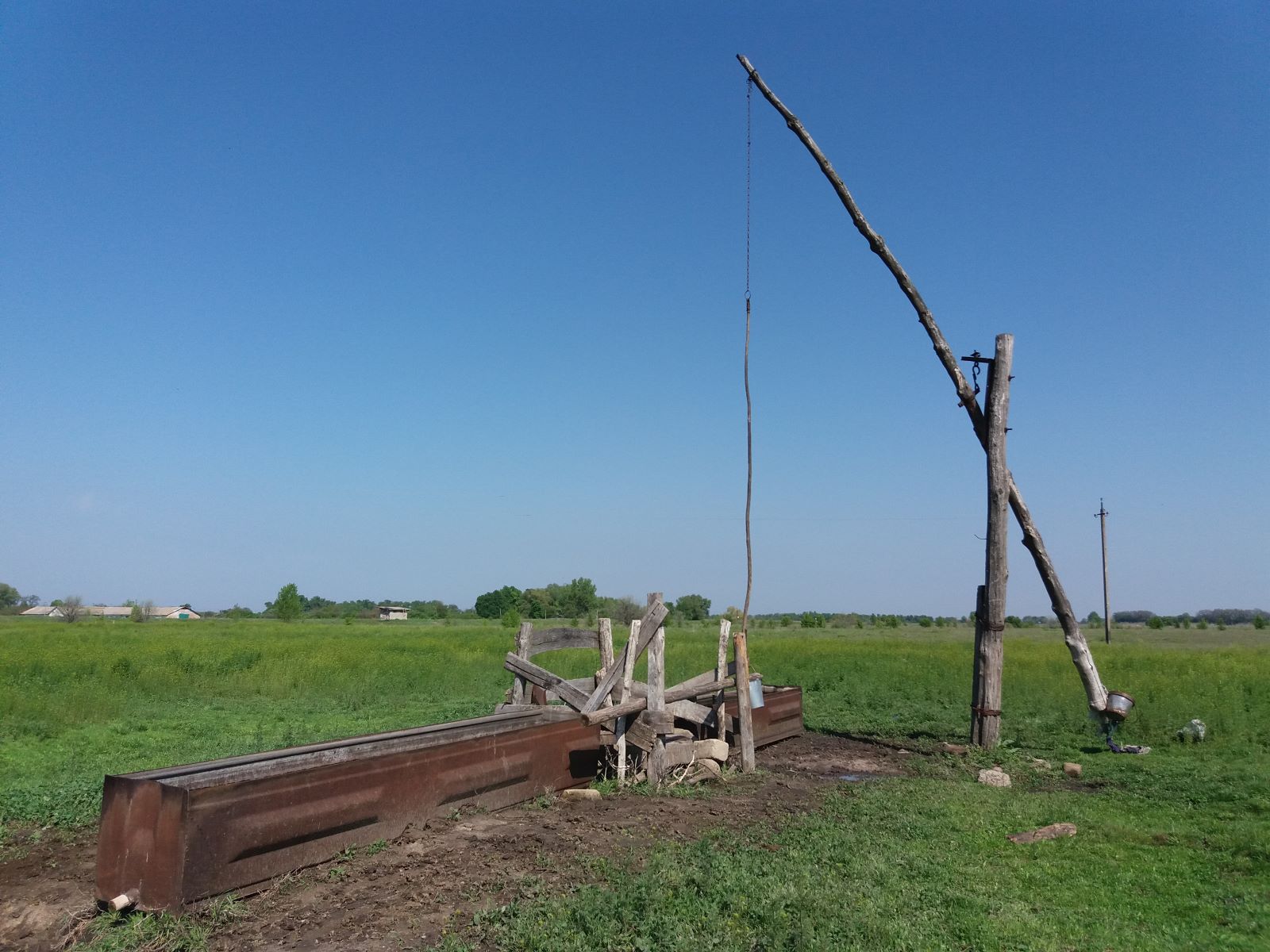
The world is full of fascinating and awe-inspiring wonders, and one such marvel is the shadoof. Although not as well-known as some other ancient inventions, the shadoof has played a significant role in shaping human civilization over the centuries. Originating in ancient Egypt, the shadoof is a simple but ingenious device used for irrigation purposes.
In this article, we will delve into the world of shadoofs and explore 11 intriguing facts about this remarkable invention. From its historical significance to its modern-day applications, we will uncover the many facets of shadoofs that make them a true testament to human ingenuity.
Key Takeaways:
- The shadoof, an ancient water-lifting device, revolutionized agriculture and irrigation with its simple yet effective lever system, showcasing human ingenuity in harnessing water resources.
- The shadoof’s enduring legacy is evident in its wide geographical usage, symbolic importance, and influence on modern technology, preserving an age-old tradition and cultural heritage for future generations.
The Origins of the Shadoof
The shadoof, also known as a well-sweep or a well-pole, has a fascinating history dating back to ancient times. This ingenious device was invented by the ancient Egyptians and was widely used throughout the Nile Valley. Its simple yet effective design revolutionized agriculture and irrigation during that era.
Unique Water-Lifting Mechanism
One of the key features of the shadoof is its lever system, which allows for efficient water lifting. The device consists of a long pole balanced on a fulcrum, with a weight on one end and a bucket attached to the other. By walking on the long end of the pole, farmers could easily lift water from a lower source, such as a river or a well, and transfer it to a higher location for irrigation purposes.
An Ancient Solution to Water Scarcity
The shadoof played a crucial role in mitigating the challenges of water scarcity faced by civilizations in ancient times. Its ability to lift water from lower levels to higher elevation allowed farmers to access precious water resources, ensuring the survival of crops in arid regions.
Efficient Water Distribution
The shadoof was not only used for lifting water but also for distributing it across the fields. The bucket at the end of the pole could be tilted to pour water into irrigation channels, allowing for systematic and controlled watering of crops.
Wide Geographical Usage
The use of shadoofs was not limited to Egypt alone. This remarkable water-lifting device was adopted by various civilizations across the globe, including Mesopotamia, China, and India, showcasing its universal appeal and functionality.
Symbolic Importance
Besides its practical benefits, the shadoof held symbolic significance in ancient cultures. It represented the importance of water as a life-giving resource and the agricultural traditions that sustained communities.
Endurance Through the Ages
The shadoof’s enduring legacy is evident in many farming communities around the world. Even today, in some regions, traditional farmers continue to rely on this ancient device to irrigate their crops, preserving an age-old tradition.
Architectural Integration
In ancient Egypt, shadoofs were often incorporated into the design of temples and other monumental structures. This integration not only served practical purposes but also added an artistic and architectural element to these impressive buildings.
An Inspiration for Modern Technology
The concept of the shadoof has influenced the design and development of modern water-lifting technologies. The principles of leverage and efficient water distribution are still applied in various modern irrigation systems, showcasing the enduring impact of this ancient device.
Preserving Cultural Heritage
The shadoof is not just a relic of the past but a vital part of cultural heritage. Efforts are being made to preserve and document the use of shadoofs in different regions, ensuring that future generations can appreciate and learn from this ancient agricultural innovation.
Shadoof: A Testament to Human Ingenuity
The 11 Shadoof Facts reveal the remarkable ingenuity of ancient civilizations in harnessing water resources for agricultural purposes. From its origins in ancient Egypt to its widespread adoption across the world, the shadoof stands as a testament to human creativity and problem-solving abilities.
Conclusion
In conclusion, shadoofs are fascinating devices that have played a significant role in ancient civilizations and continue to be used in various parts of the world today. These ingenious machines have helped bring water to arid regions and have been instrumental in agricultural development.Shadoofs are not only functional but also showcase the ingenious engineering skills of our ancestors. The use of counterweights and pulleys demonstrates their understanding of balance and leverage. These simple yet effective devices have stood the test of time and have proven to be vital in water management and irrigation systems.As we marvel at the technological advancements of the modern world, it is important to remember and appreciate the ingenuity of our ancestors. Shadoofs serve as a reminder of the resilience, resourcefulness, and creativity of human beings throughout history.By understanding the history and mechanics of shadoofs, we can gain a deeper appreciation for the importance of sustainable water management and the impact it has on the development of societies.
FAQs
Q: What is a shadoof?
A shadoof is a simple irrigation tool that is used to lift water from a lower level to a higher level. It consists of a long horizontal beam with a bucket attached to one end and a counterweight attached to the other end.
Q: Where were shadoofs used?
Shadoofs were commonly used in ancient civilizations such as Egypt, Mesopotamia, and India. They were primarily used for irrigation purposes in areas with limited access to water sources.
Q: How does a shadoof work?
A shadoof works on the principle of balance and leverage. The counterweight on one end of the beam helps lift the weighted end with the bucket when the operator pulls down the empty end of the beam. This motion allows water to be scooped up from a lower source and lifted to a higher location.
Q: Are shadoofs still used today?
Yes, shadoofs are still used in some parts of the world where traditional irrigation methods are preferred or where modern infrastructure is lacking. They can be found in regions with limited access to electricity or where water needs to be lifted manually.
Q: What are the advantages of using a shadoof?
One advantage of using a shadoof is its simplicity. It can be easily constructed using local materials and requires minimal maintenance. Additionally, shadoofs are powered by human labor, making them a sustainable and environmentally-friendly option for water lifting.
Was this page helpful?
Our commitment to delivering trustworthy and engaging content is at the heart of what we do. Each fact on our site is contributed by real users like you, bringing a wealth of diverse insights and information. To ensure the highest standards of accuracy and reliability, our dedicated editors meticulously review each submission. This process guarantees that the facts we share are not only fascinating but also credible. Trust in our commitment to quality and authenticity as you explore and learn with us.


